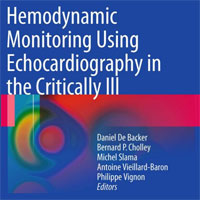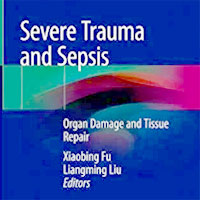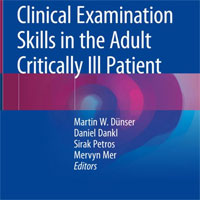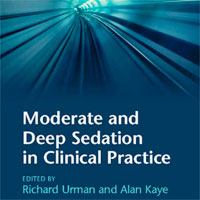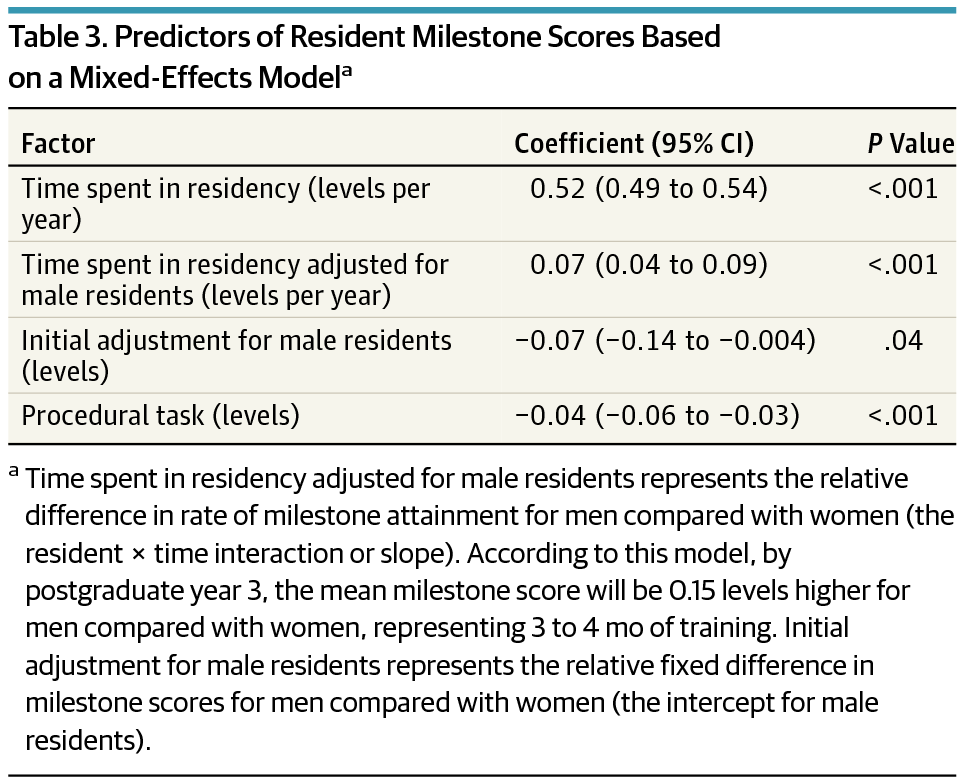
Evaluations of Male vs Female Emergency Medicine Residents Milestone Duiring Training
In this longitudinal, retrospective cohort study of 33 456 direct-observation evaluations from 8 emergency medicine training programs, we found that the rate of milestone attainment was higher for male residents throughout... read more
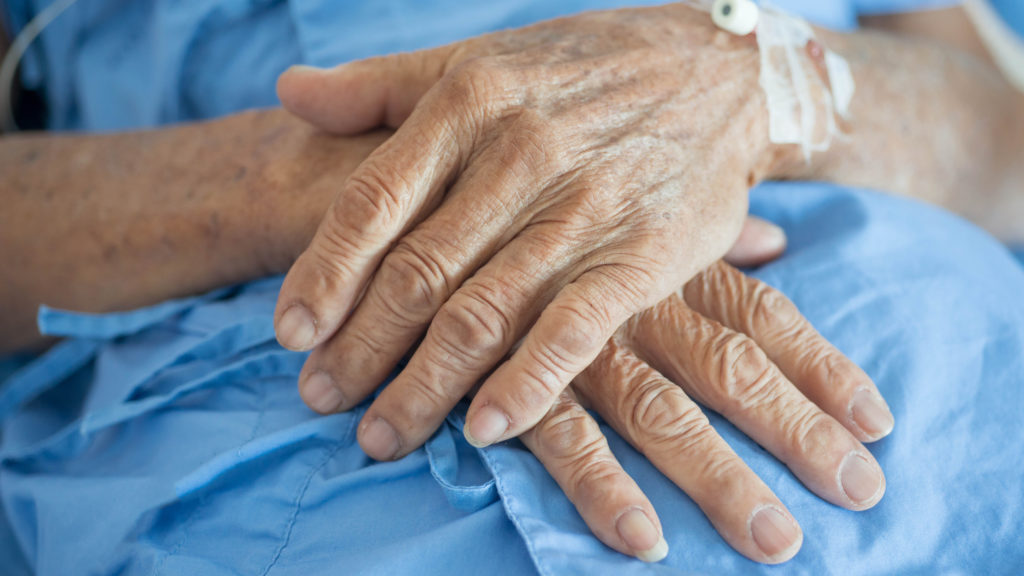
5 ways to improve care at the End of Life
These days it is much more common for people to live longer with multiple chronic conditions, and we have the technology to prolong life as death approaches. End-of-life care is fragmented, intensive, and costly - and patients’... read more

Cholesteryl Ester Crystals in Lysosomal Acid Lipase Deficiency
Deficiency of lysosomal acid lipase is a rare autosomal recessive lysosomal storage disease characterized by the accumulation of cholesteryl esters and triglycerides, predominantly in macrophages. Nonspecific clinical features... read more

Glut of Anesthesia Guidelines a Disservice, Except for Lawyers
Anesthesia practice guidelines are out of control, too many to adopt, too anecdotal to accept and too political to take seriously! Clinicians are already ignoring and pushing back on guidelines. A study presented at the recent... read more

Quality of Care at Hospitals Identified as Outliers in Publicly Reported Mortality Statistics for Percutaneous Coronary Intervention
Public reporting of percutaneous coronary intervention (PCI) outcomes may create disincentives for physicians to provide care for critically ill patients, particularly at institutions with worse clinical outcomes. Large hospitals... read more
Tracking Down the Transcriptome of Pancreatic Cells
Clinical Implications of Basic Research: Tracking Down the Transcriptome of Pancreatic Cells. High-resolution analysis of gene expression in individual pancreatic cells is providing new insights into cell subpopulations and... read more
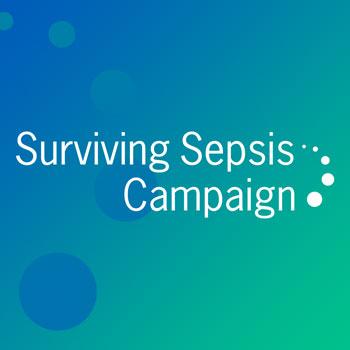
Updated Guidelines for Sepsis Management
In 2017 the Society for Critical Care Medicine updated its guidelines for sepsis management. These new guidelines differ significantly from ones in the past in that they no longer recommend protocolized resuscitation and... read more

Experts reveal noisy wards can lead to terrifying hallucinations
How a stay in hospital can tip you over the edge: Experts reveal noisy wards can lead to terrifying hallucinations and even long-term harm. Recognizing the symptoms means patients receive the care they need and can make the... read more

Medicine is the most emotional profession
Medicine is the most emotional profession. This story proves it. There you are in your father’s arms. He is practically running to keep up with the triage nurse. The nurse is walking quickly toward the room that we leave... read more
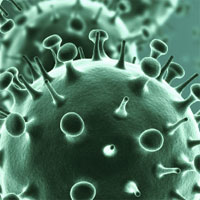
Influenza and Considerations Regarding Infectious Mimics
The patient with headache, myalgia, and URI symptoms may just have the common flu. It's all too common to see and treat multiple patients with influenza-like illness during the flu season. But what could you be missing?... read more

Palliative care from diagnosis to death
Evidence is growing that people can benefit from palliative care earlier in their illness, say Scott Murray and colleagues, but care must be tailored to different conditions. Many people still associate palliative care with... read more

The Changing Face of Informed Consent
Informed consent for a research study brings to mind a paper document with a handwritten signature completed at a clinical research site. However, the paper, ink, and clinical site are not necessary. Sufficient information... read more

Ketamine: A Drug at War with Itself
KETAMINE has always been the odd one out. Like an eccentric uncle who always turns up at the holiday season with a new partner, ketamine has never really comfortably fitted in to simple classifications of anesthetic drugs.... read more

Arterial Blood Gas: Time and Motion Study
Nursing workload using the Proxima versus standard arterial blood gas sampling Arterial Blood Gas (ABG) sampling is carried out in intensive care units (ICU) every day. Traditionally the nurse takes the blood sample and... read more

Excessive Resource Utilization
Overuse is inconsistent with professionalism because of the associated patient and societal harms and should receive equal attention as adverse events in health systems. Timely communication by inpatient specialists with... read more

World's most threatening superbugs ranked in new list
The World Health Organization has drawn up a list of the drug-resistant bacteria that pose the biggest threat to human health. Top of the list are gram-negative bugs, such as E. coli, which can cause lethal bloodstream infections... read more

Factors influencing physical activity and rehabilitation in survivors of critical illness
Eighty-nine papers were included. Five major themes and 28 sub-themes were identified, encompassing: (1) patient physical and psychological capability to perform physical activity, including delirium, sedation, illness severity,... read more


